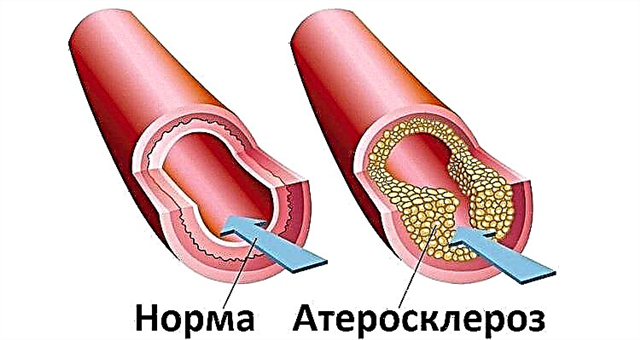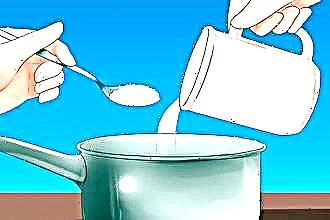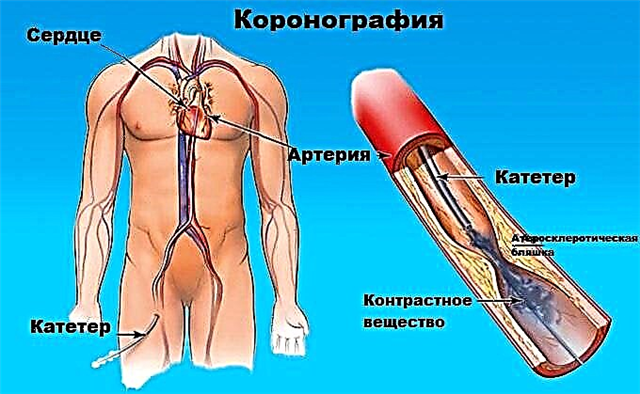Inflammation, localized in the auricle, often leads to the development of purulent otitis media. The pathological process in this case covers all parts of the middle ear - the tympanic cavity, the auditory tube, the mastoid process. Often the occurrence of purulent otitis media is facilitated by the prolonged course of the inflammatory process in the middle ear, as well as improper therapy for otitis externa.
In the absence of the necessary treatment, complications of the disease can be severe - complete hearing loss, rupture of the tympanic membrane, infection of the skull bones, meningitis. Such conditions pose a serious threat to human health and life, therefore, the therapy of this disease must be timely and always under the supervision of a specialist.
Treatment principles

With purulent otitis media, complex therapy is required. Drug treatment includes the use of the following agents:
- systemic antibacterial drugs - inhibit the reproduction of pathogenic microorganisms;
- probiotics - used in combination with antibiotics, maintain the balance of microflora in the intestine;
- ear drops - have anti-inflammatory and analgesic effects;
- non-steroidal anti-inflammatory drugs - reduce painful sensations and stop the development of the inflammatory process;
- antipyretic drugs - normalize body temperature, have an analgesic effect;
- antihistamines - eliminate edema, prevent the development of an allergic reaction;
- vitamin complexes - increase the body's defenses, promote rapid recovery.
In the treatment of purulent otitis media, it is the use of antibiotics that is of great importance - their action is aimed at destroying pathogenic microorganisms that provoked the development of a purulent process.
Overview of antibacterial drugs
The use of antibiotics will prevent the further development of the inflammatory process and avoid the occurrence of dangerous complications. Depending on the severity of the disease, a specialist may prescribe the simultaneous administration of two or more antibacterial drugs.
The most commonly used antibiotics for purulent otitis media:
- penicillins (Amoxil, Augmentin). Pharmaceutical companies produce these drugs in various dosage forms. The therapeutic course lasts about 10 days, the dose of the drug is determined by the attending physician on an individual basis. Penicillins are highly allergenic, therefore, an antibiotic susceptibility test must be performed before using them.
- fluoroquinolones (Levofloxacin, Ciprofloxacin). Antibiotics of this group have a wide spectrum of action. The course of therapy is 10 days. When using fluoroquinolones, gastrointestinal disorders can occur.
- macrolides (Fromilid, Macropen). Such antibacterial agents have a minimal toxic effect on the human body, have a pronounced bacteriostatic and bactericidal effect. These drugs are generally well tolerated and have practically no contraindications.
- Azithromycin preparations (Sumamed, Azin). Medicines have a pronounced bacteriostatic effect and are widely used in the treatment of purulent otitis media. Side effects include nausea and diarrhea.
An antibiotic for purulent otitis media, as well as for any other disease, is used strictly according to the doctor's prescription. Uncontrolled use of drugs can only aggravate the condition of a sick person. In severe cases of the disease, antibiotics are used in the form of injections, most often Ceftriaxone, Cefazolin, Cefex are used for this purpose.
In combination with antibacterial drugs, probiotics are necessarily taken - Linex, Bifiform and others. This will prevent the development of dysbiosis.
Ear drops overview
 Ear drops for purulent otitis media are used without fail. These funds are divided into the following groups:
Ear drops for purulent otitis media are used without fail. These funds are divided into the following groups:
- monopreparations based on non-steroidal anti-inflammatory substances (Otipax, Otinum).
- combined agents containing glucocorticosteroids (Sofradex, Polydex).
- antibacterial drugs (Tsipromed, Normaks).
The table below shows the most commonly used drops for purulent otitis media in adults and children.
| Name | Active substance | Recommendations for use | Suitable for use in childhood | Possibility of use during pregnancy and lactation | Contraindications |
| Otipax | phenazone, lidocaine | 2-3 times a day, 3-4 drops | can be used for babies from birth | can | perforation of the tympanic membrane |
| Normax | norfloxacin | 3 times a day, 4-5 drops | it is forbidden | it is forbidden | epilepsy, renal and hepatic failure |
| Otinum | choline salicylate | 3 times a day, 3-4 drops | under the supervision of a specialist can be used for children under 1 year old | it is forbidden | perforation of the tympanic membrane |
| Sofradex | framycetin sulfate, gramicidin, dexamethasone | 3 times a day, 3 drops | with caution for young children | it is forbidden | perforation of the tympanic membrane |
| Otofa | rifampicin | 3 times a day, 5 drops | from a young age as prescribed by a doctor | Not recommended | individual sensitivity to an active element |
| Candibiotic | beclomethasone propionate, chloramphenico, clotrimazole, lidocaine | 3 times a day, 4-5 drops | possible from 6 years old | Not recommended | perforation of the tympanic membrane, individual sensitivity to one of the substances |
| Ciprofarm | ciprofloxacin | every 4 hours, 3 drops | possible from the age of 15 | it is forbidden | individual sensitivity to the active substance |
| Nedadex | dexamethasone, neomycin, polymyxin B sulfate | 3 times a day, 4 drops | possible from 12 years old | it is forbidden | individual sensitivity to one of the substances |
| Miramidez | miramistin | 3 times a day, 3 drops | possible from the 1st year | no studies have been carried out | individual sensitivity to the active substance |
In addition to the use of medications (anti-inflammatory, systemic antibiotics, ear drops) with purulent otitis media, it is recommended to stay in bed.
Physical and emotional peace speeds up the healing process.



